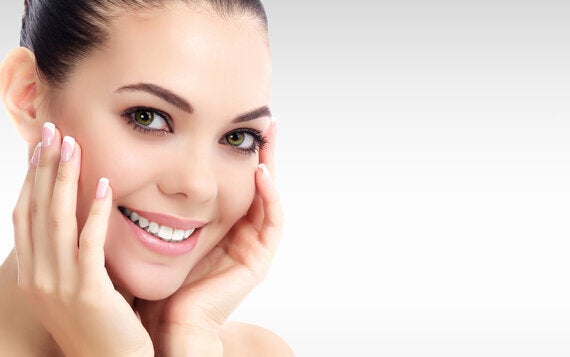
Image Credit: Shutterstock (AXL's portfolio)
With the recent death of Dead or Alive frontman, Pete Burns, as famous for his addiction to cosmetic procedures as his music, many people will be questioning what impact his multiple surgeries may have had on his life and longevity.
Mr Burns was remarkably open about his surgeries; and despite having had some bad side effects and needing multiple reconstructive surgeries, he once said 'The number of surgeries I've had is probably 300. I hope when I'm 80 and I get to heaven God doesn't recognise me.'
And Pete Burns isn't alone. In several high profile figures, we've seen how cosmetic surgery can spiral out of control. Beginning with innocuous surgeries to fix broken noses or take a few years off the face; the thrill of an improved appearance can become compulsive. However, repeated surgeries can put enormous pressure on the bodies of patients; so a problem that begins in the mirror can end in real physical trauma.
Both as a medical practitioner and one of the founders of a clinic that offers safe, minimally invasive procedures - seeing how some people are taken advantage of this way is extremely sad.
Ensuring the treatment is right for the patient is imperative. Unfortunately, there are so many practitioners out there who are driven by greed who will offer sometimes unnecessary treatments which could give the industry a bad name.
There is a small section of the community, such as those with body dysmorphia who either have poor self-esteem or see things in the mirror that just aren't there - and these people need to be protected.
So where do we find the balance between pursuing the bodies and figures that we want, and maintaining our physical and mental health?
The two, in reality, should be convergent. The fact is that we face more pressures than ever before to be looking good and staying healthy well into, and past, middle age. The millennial generation are thinking about cosmetic maintenance in their early twenties, and the advent of social media has increased expectations and left more and more people pursuing perfection.
Thankfully, with this, we've also seen the development of cosmetic science come on leaps and bounds to cater for the demand without plastic surgery. For every one person willing to go under the scalpel, a hundred aren't and more and more doctors are embracing non-surgical techniques because that's what the market demands.
Whereas once fillers, Botox and laser treatments were in their infancy; we now have a deep understanding of how these treatments work and can affect the body. The improved science means that the techniques, modalities and products used are safer than ever before.
Beyond that? The role of the practitioner is vital.
Most of any consultation should be about your doctor listening. Listening and educating is extremely important, because patients aren't usually aware at what's at our complete disposal and what each treatment can achieve. People want to maintain the natural look - you want to be given a treatment plan which makes a better version of you. It's not about drastically transforming your appearance - it's about beautifying and also pressing the 'pause' button on the ageing process.
So, while the past ten years has seen early adopters of plastic surgery and cosmetic procedures often act as warning tales to the rest of us - through their mistakes we have developed an industry that can deliver subtle, safe and often reversible aesthetic results, without having to go under the knife, and without putting your body or your mental health at risk.